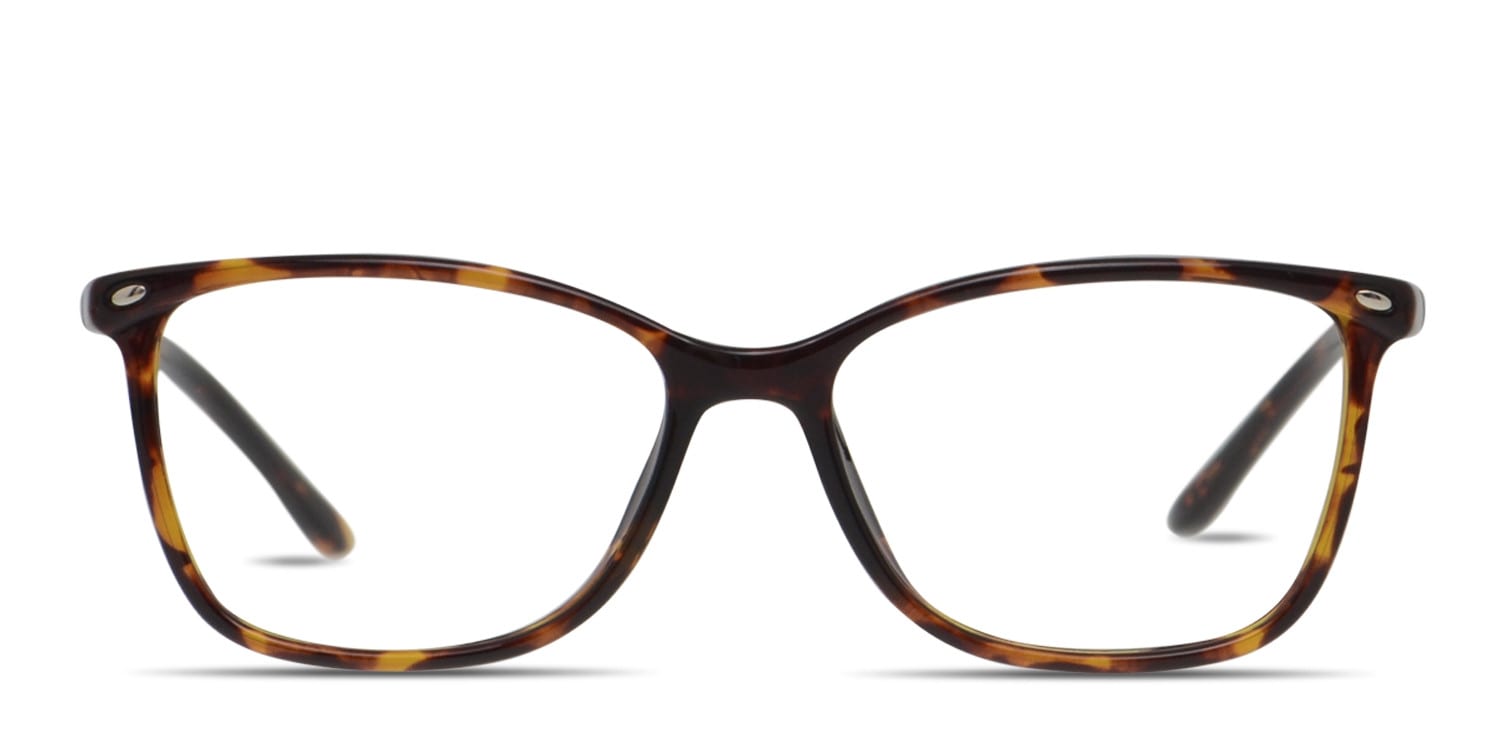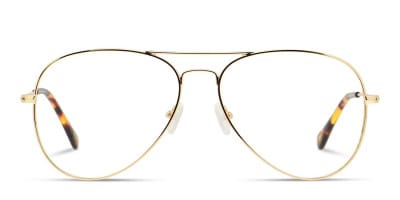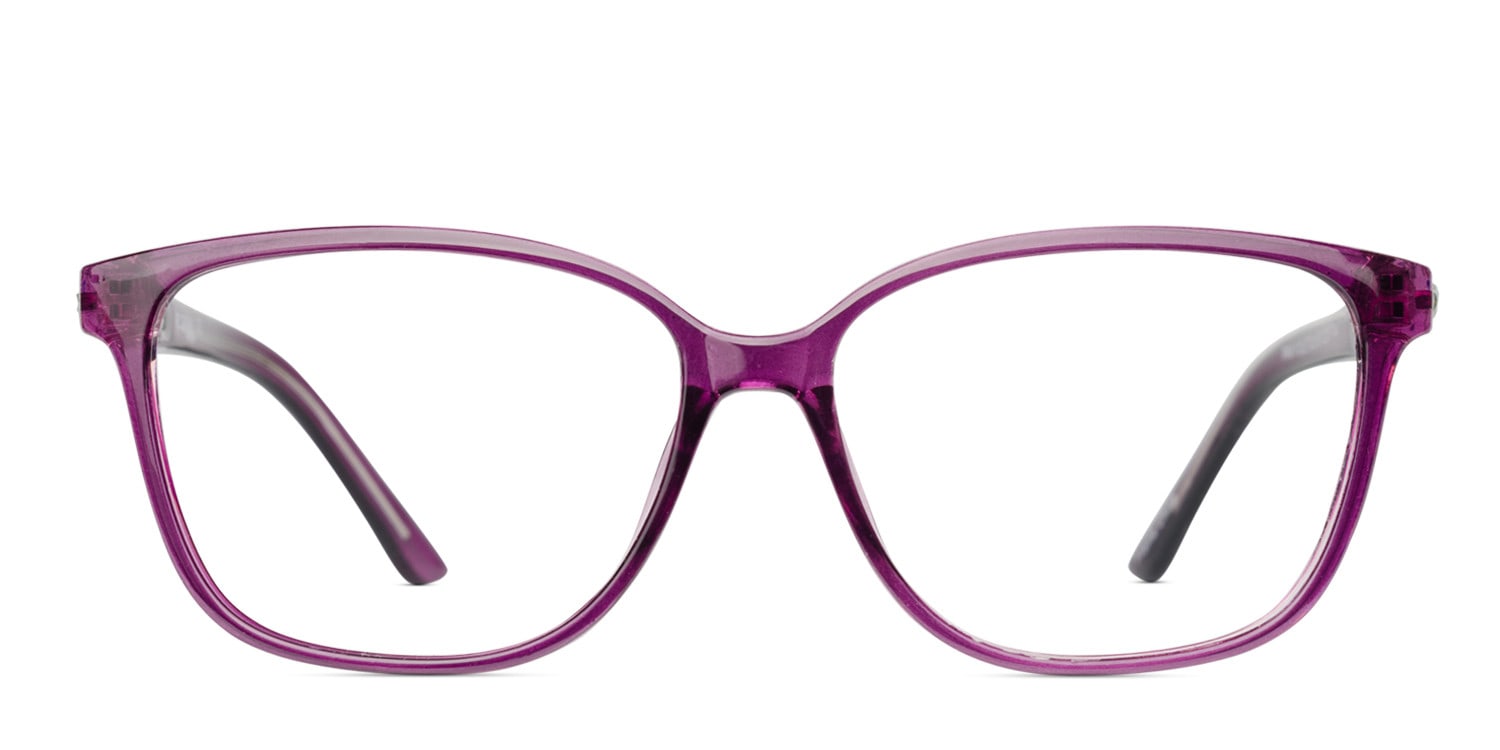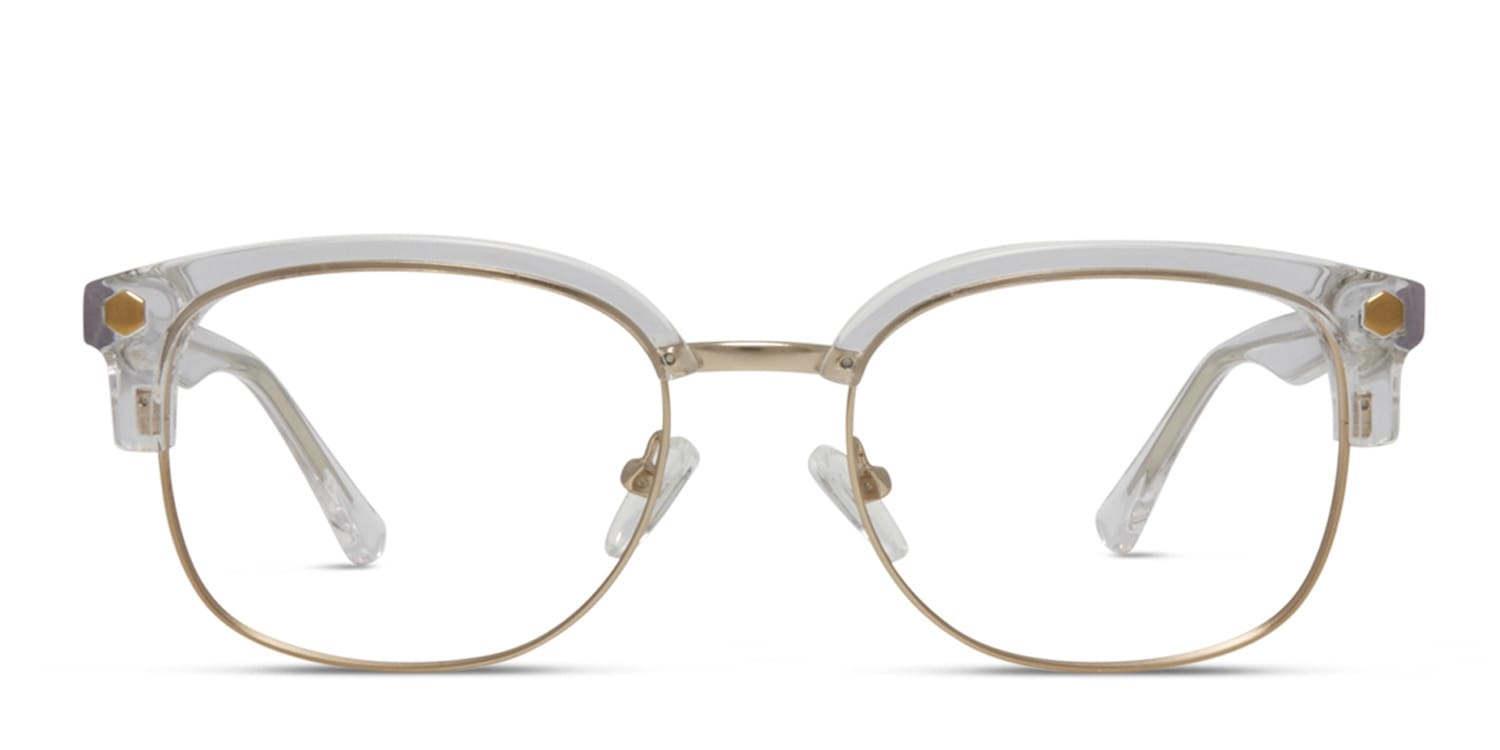Eyelid twitching: Causes, tips & when to worry.
Updated APR 30, 2023 • 10 min read

Summary in 30 seconds or less:
We take a deep dive into the eyelid twitching phenomenon, including its most common causes, possible health concerns, and how to make it stop.
Jump to content
- What is eyelid twitching?
- What causes eyelid twitching?
- When to worry about eyelid twitching
- 5 tips to stop your eyelids from twitching
What is eyelid twitching?
Sometimes, tiny muscles in our eyelids will spasm. This spasm is known as eyelid twitching or in the medical world, myokymia.
This painless yet annoying occurrence can last for a few seconds or resolve in a few hours. For the most part, eyelid twitching is benign but it can be associated with other conditions that require further investigation. [1]
What causes eyelid twitching?
Most commonly, eyelid twitching is associated with stress, inadequate sleep, overstimulation from caffeine or stimulant medications, eye strain, dehydration, dry eyes or allergies. [2]
- Stress & inadequate sleep: Chronic stress and anxiety can increase “fight or flight” stress hormones. When the delicate eyelid muscles are overstimulated, the eyelids can twitch. Quality sleep (and exercise) is one of the best ways to cope with stress.
- Caffeine, stimulants & alcohol: Dehydration is a side effect of stimulants including caffeinated coffee and tea, as well as certain frequently prescribed medications. When the body is dehydrated the ocular surface dries out as well leading to eye irritation. Red, irritated eyes associated with excessive alcohol consumption can lead to eyelid twitching.
- Digital eye strain & focus fatigue: An eyelid twitch can be caused by digital eye strain or focus fatigue. The eyes were designed for dynamic vision – always on the move seeing things up close, in the distance, and in the periphery. But, digital screens are viewed at a fixed distance leading to focusing fatigue.
Popular Blue Light Shapes & Styles
- Squinting & needing an updated prescription: Eye strain, visual fatigue and squinting can lead to eyelid twitching especially when combined with stress and too much caffeine. Vision should be clear and comfortable. Sometimes getting a new prescription is the solution. Squinting may make things a bit clearer but it can stress out the tiny muscles in your eyelids. (And, not to mention wrinkles!)
- Light sensitivity: Squinting from bright light is only natural. Squinting can stress the tiny muscles in the eyelids, causing eyelid twitching. Sunglasses and photochromic lenses are good options to protect light sensitive eyes. Consider blue blocking lenses for indoor light sensitivity.
- Dry eyes & dehydration: When we don’t drink an adequate amount of water, the body becomes dehydrated. Thirst is often associated with a dry mouth but dehydration also affects the eyes. Dehydration exaggerates dry eye symptoms for people already suffering from dry eye. Dehydration and/or dry eye syndrome irritates the surface of the eyes and may cause eyelid twitching.
- Allergies: Allergies frequently cause eye irritation. This irritation can be compounded by rubbing already irritated eyes. Also, many allergy medications and eye drops dry out the surface of the eye. Eyelid twitching can be associated with this irritation.

When to worry about eyelid twitching
Please seek medical advice if your eyelid twitching is associated with any of the following:
- It might not be a simple eyelid twitch when the twitching lasts longer than a week, completely closes the eyes or involves other parts of the face. Or, if the eyelid twitch is associated with trouble seeing, drooping of the eyelids and/or face.
- Eyelid twitching can be associated with neurological conditions such as Meige syndrome [6], Parkinson’s syndrome [4], Tourette syndrome and multiple sclerosis.
- Eyelid twitching may be one of the symptoms of a brain tumor however there are typically other signs such as blurred vision with dizziness, severe headaches, nausea, vomiting and visual field loss. Unfortunately, brain tumors can also be symptomless until very advanced. [5]
- Blepharospasm is a neurological condition characterized by progressive, involuntary contractions of the eyelids. This eyelid twitching can be severe to include the eyebrow. Treatment may include botulinum toxin injections. [7]

5 tips to stop your eyelids from twitching
Tip #1: Lifestyle & sleep habits.
A healthy lifestyle and a good night’s sleep can do wonders for minimizing stress. Limit caffeine and alcohol consumption. Give your digital devices the evening off a couple hours before bed. Drink plenty of water to avoid dehydration. Walking and regular exercise can reduce stress and help to balance overall well-being with regular sleep. [8]
Tip #2: Reduce digital eye strain & focus fatigue.
Follow the “20-20-20 rule” when spending hours at your digital device. Make sure to blink 10 times deeply when following the “20-20-20 rule.” Adjust the brightness, text size and contrast on your screen display. It may be more visually comfortable to wear blue light filtering glasses with an anti-reflective coating. Photochromic lenses are also a good option. Consider adding computer glasses specifically designed for a full day in front of a computer screen.
Tip #3: Light sensitivity.
If your eyes are sensitive to light consider a pair of quality sunglasses or prescription sunglasses that provide 100% UV or UV400 protection. Photochromic lenses are also a good option. Consider blue blocking lenses for indoor light sensitivity.
Tip #4: Lubricating eye drops.
Since eye irritation is associated with eyelid twitching, over the counter lubricating eye drops may be helpful. Single dose preservative-free lubricating eye drops will comfort many irritated eyes.
Tip #5: Update your eyeglasses prescription.
Vision should be clear and comfortable with a pair of glasses and a newly updated prescription.
Questions
Q: Is blurry vision related to eye twitching?
Eye strain, visual fatigue and squinting can lead to eyelid twitching especially with stress and too much caffeine.
Eye strain and visual fatigue can lead to blurry vision. But eyelid twitching normally is not directly associated with blurry vision. Progressive, involuntary blinking should be checked out by your doctor.
Q: Is staring at the computer all day bad for your eyes?
Whether it’s for work or play, staring at a computer screen all day long will contribute to eye fatigue and digital eye strain.
In everyday life our eyes are used for seeing things near, far and peripherally. The eyes were designed for this dynamic vision.
Digital screens are viewed at a fixed distance leading to focusing fatigue. Give your eyes a break every 20 minutes to look across the room or out the window at something at least 20 feet away for 20 seconds.
Follow this “20-20-20 rule” when spending hours at your digital device. During this visual break, take a moment to take 10 deep blinks. People forget to blink while staring at screens. Also, consider getting blue-light filtering computer glasses.
Q: Do you need to wear glasses all the time?
It depends. It depends upon the particular condition for which the glasses were prescribed. If a child is farsighted, a doctor might want the child to wear their glasses for reading, computer and classroom activities but does not need them to play outdoors.
A nearsighted child may have their glasses prescribed for use all day except not for reading and computer time. Sometimes glasses are prescribed to help with binocular vision or even for eye protection.
Glasses can be designed for specific visual needs. For example, a person who works at a desk with several computer monitors at different distances may benefit from an office glasses prescription designed to meet this visual demand only while working. These office glasses may make vision in the distance blurry.
Ask your eye doctor when you get your eyes examined how your prescription glasses should be worn.
Published February 2, 2023|Updated April 30, 2023
SOURCES

 Tortoise Shell
Tortoise Shell
 Aviator
Aviator
 Full Frames
Full Frames
 Square
Square
 Cat Eye
Cat Eye
 Clear
Clear


 Oversized
Oversized
 Wayfarer
Wayfarer
 Round
Round
